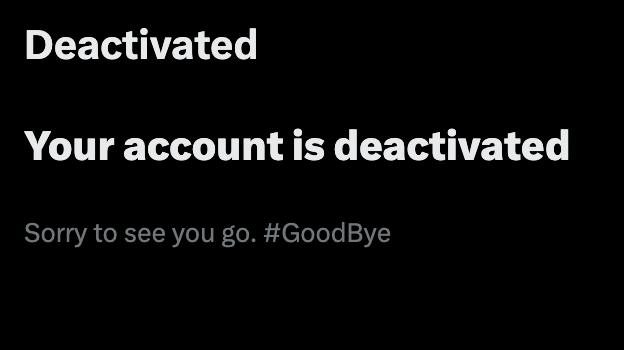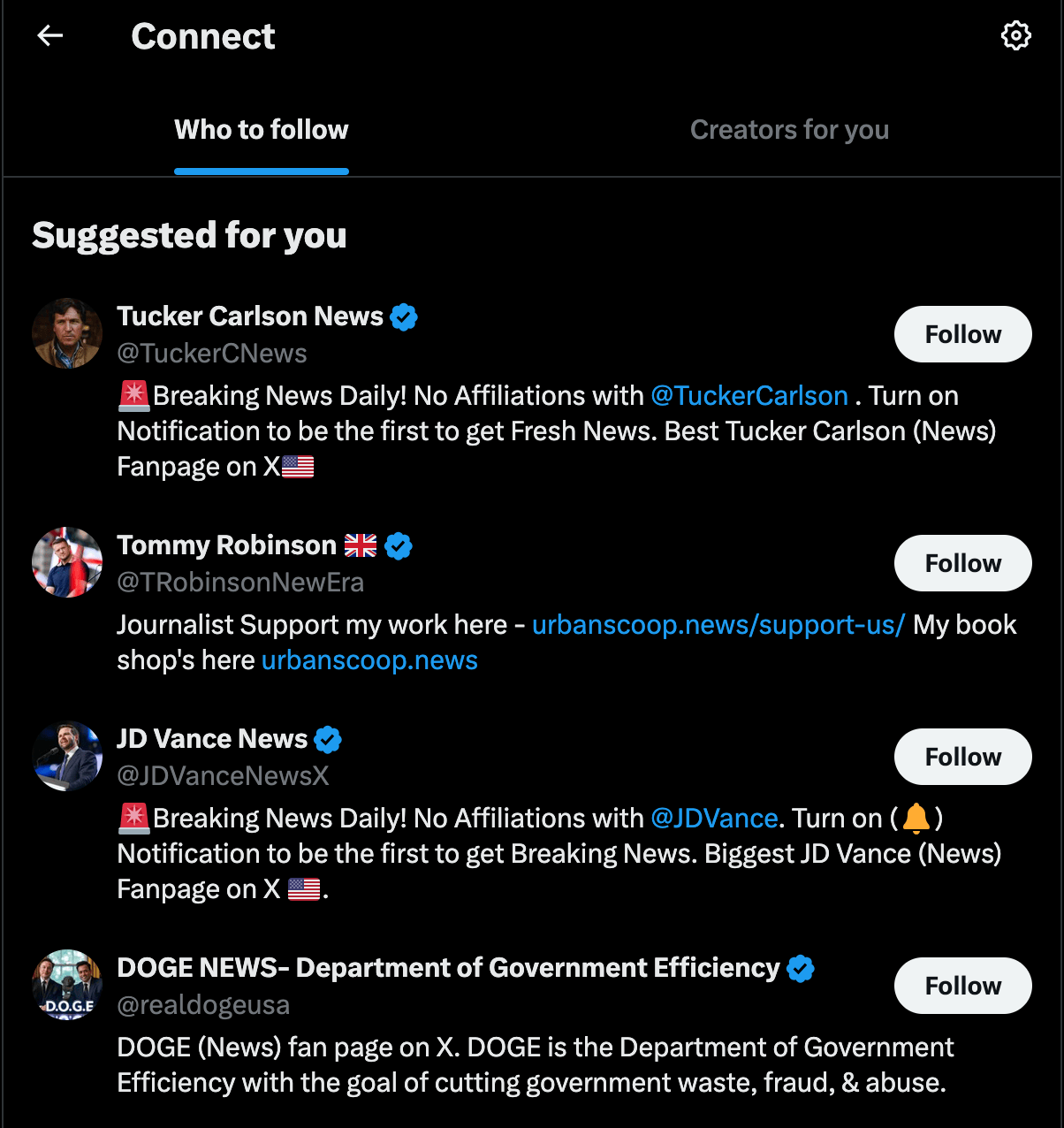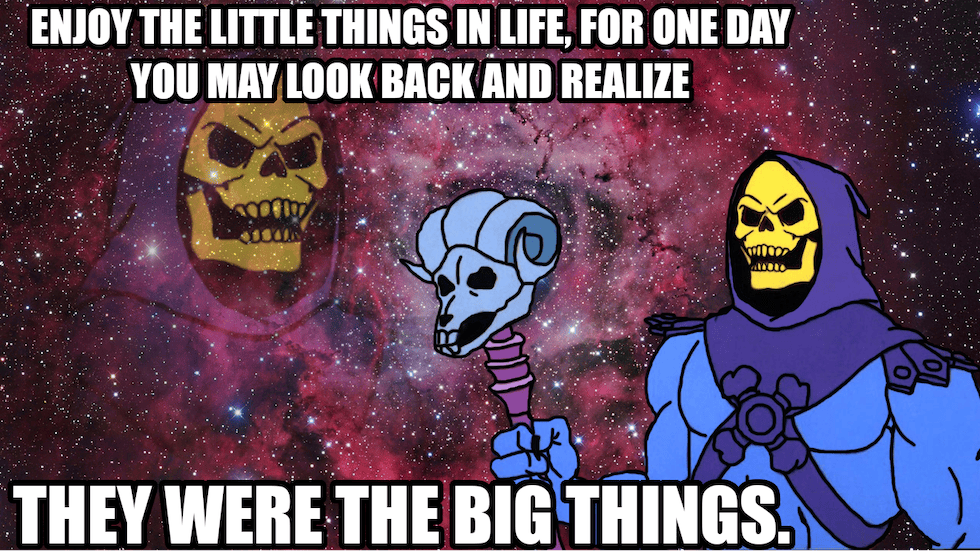Digital Marie Kondo
Published by Maureen Holland
All these articles popping up about how to delete Facebook and Twitter reminded me I’ve been meaning to do that for years.
I managed to delete LinkedIn a while back and it felt great. Recently, I started combing through my password manager to weed out the accounts I no longer use. That’s an ongoing project (holy smokes have I signed up for a lot of accounts), but it feels good too.
That’s the direction for 2025. When in doubt, opt-out. Make more room for things that matter to you. When you need a break, spend it doing something that gives energy back instead of draining it further (sometimes this is a silly niche internet thing, sometimes it’s a nap — do not underestimate the power of a nap).
The Process
Facebook and Twitter were easy targets because I haven’t used them for years and never built up a big following or anything. The Verge published useful guides to downloading your data and permanently deleting your account for both platforms: How to delete your Facebook account and How do deactivate your X account.
It takes a few days for the data download step, and there’s generally an attempt to get you to change your mind about the permanent deletion step, but otherwise it’s pretty straightforward.


My Twitter account was actually totally empty at the time of deletion. I could have sworn I signed up in 2016 as part of a web dev bootcamp but the account I had in my password manager said it started in 2020. I had no posts, no following, no followers. Out of curiousity, I looked at the "Who to follow" suggestions.

Nope. Nopity-nope. Absolutely not. I’m out.
In Summary
Things that do not bring me joy:
- Twitter’s "Who to Follow" suggestions
- Targeted ads
- Subscriptions I forgot I had
- Passwords compromised in data breaches
Things that do bring me joy:
- The delightful absurdity of Seth Meyers’ Corrections
- The chaotic good of Taskmaster NZ Series 2
- The unnecessary excellence of Scotland’s gritter names
- Pop culture dioramas made with incredible skill and deadpan Irish humour
- Inspirational Skeletor

Further Reading
If you’re interested, the Opt Out Project’s Cyber Cleanse offers many more detailed instructions on how to de-clutter your online life.
This is not a digital detox: one of those getaways where you lock your phone away for a few days and attempt to focus on the world around you instead of constant notifications. It's a chance to take stock of your digital footprint, clean up what you've left behind, and move with intention toward a different set of digital habits in the coming years.